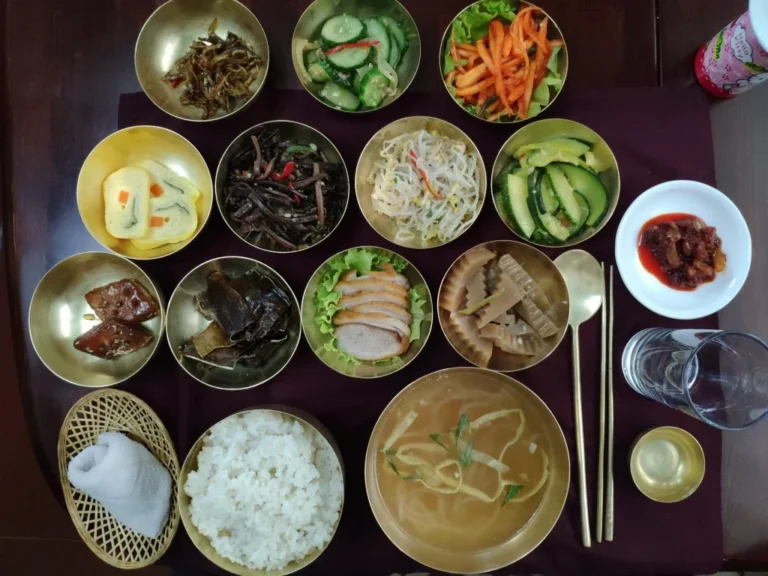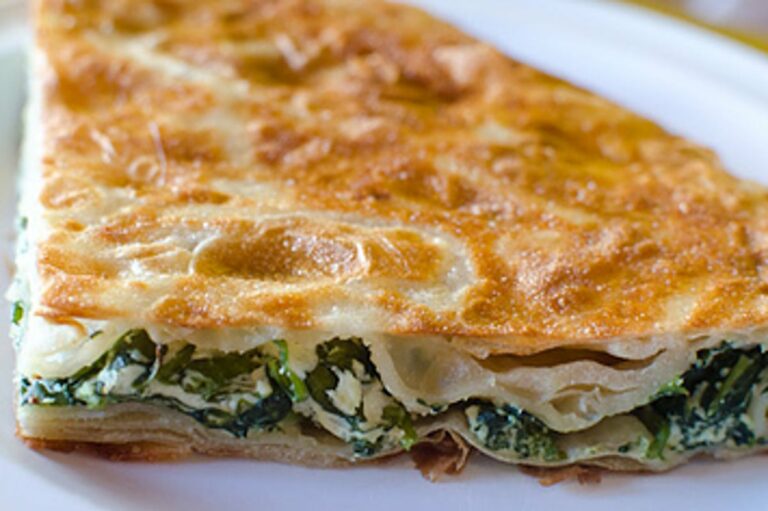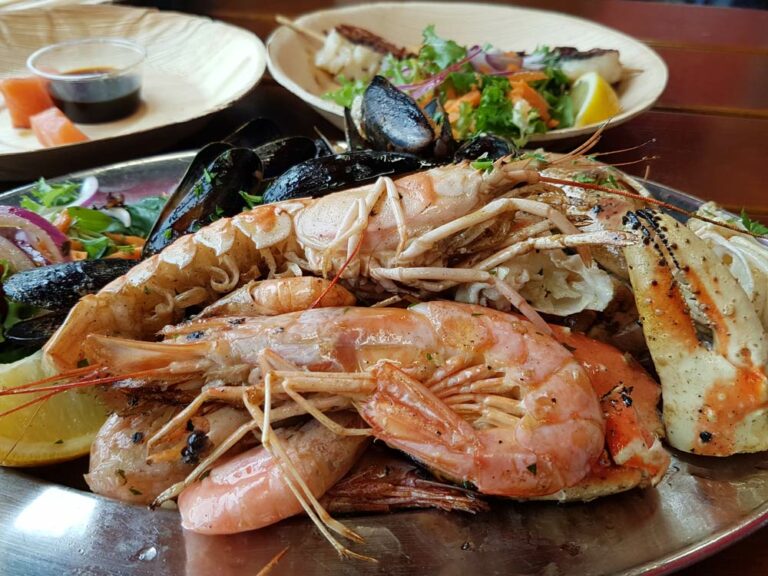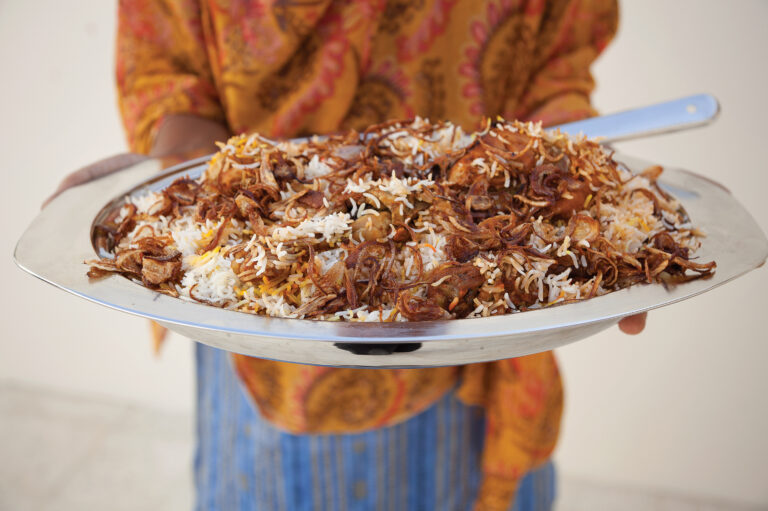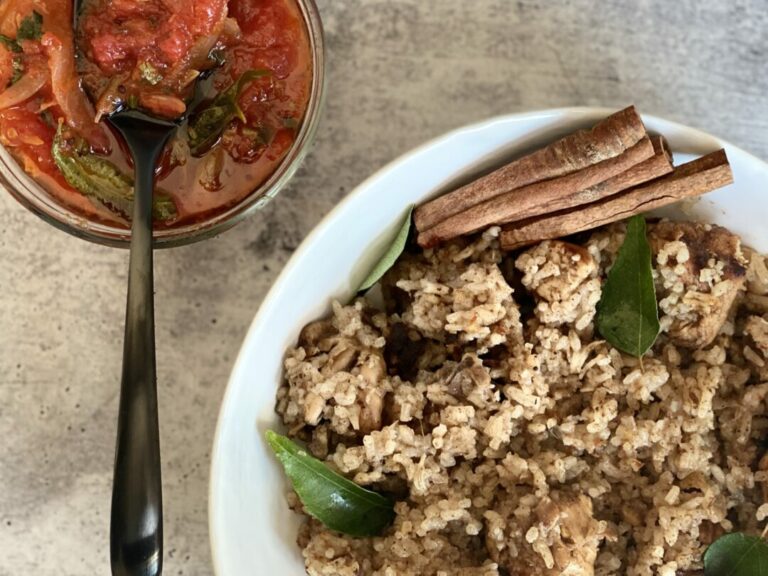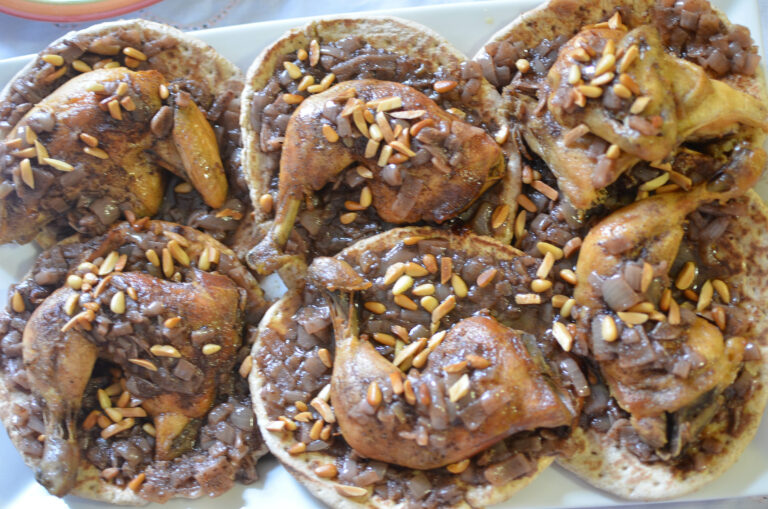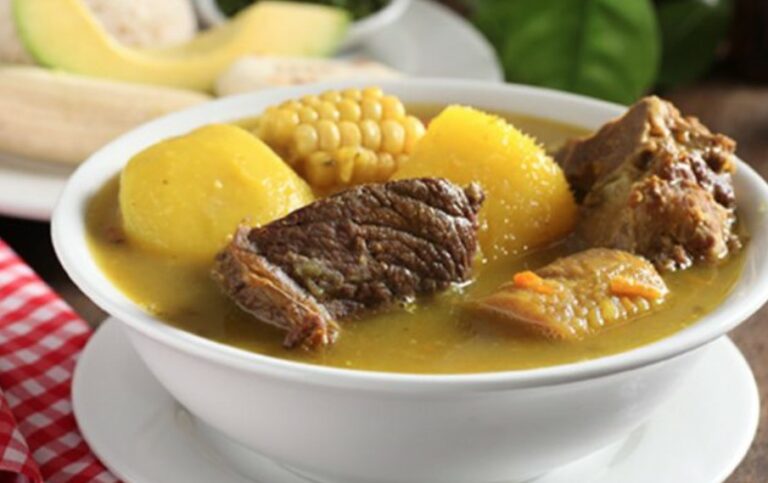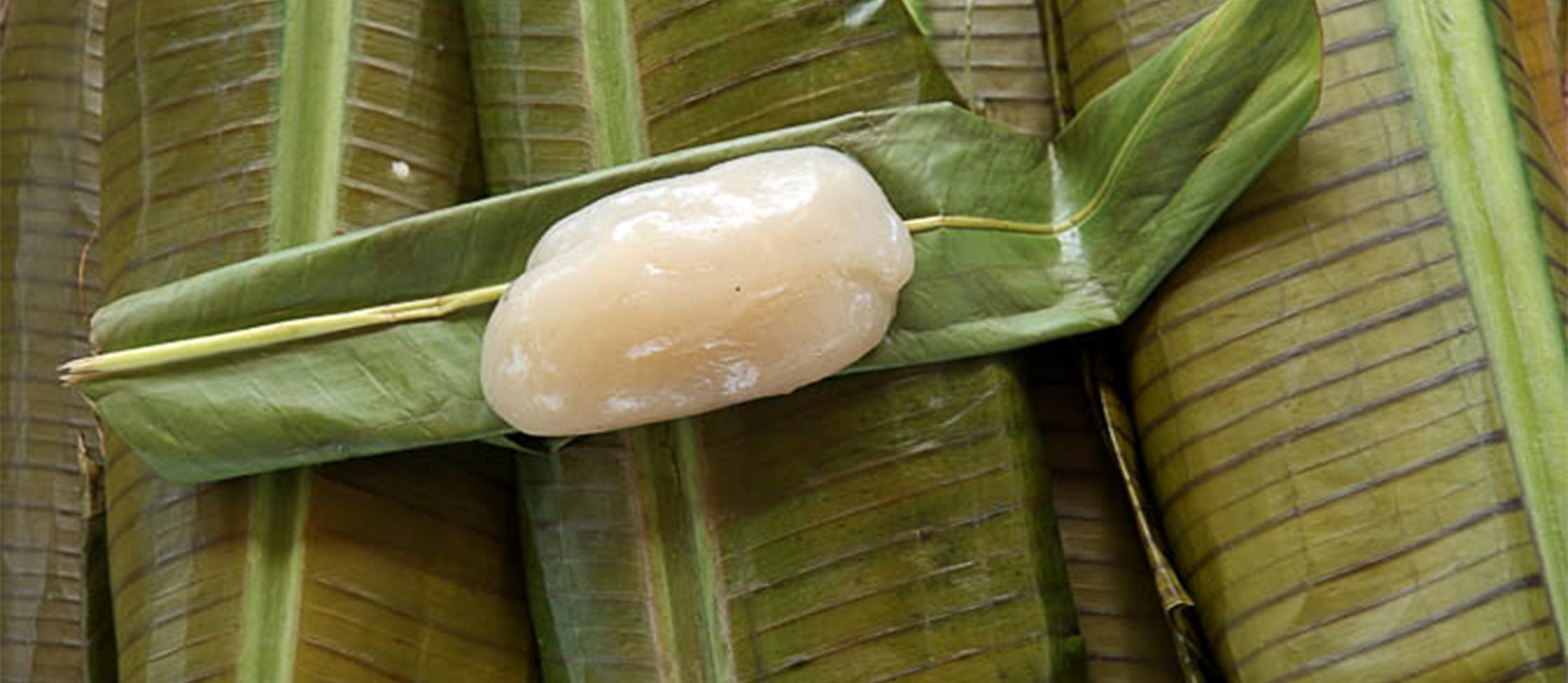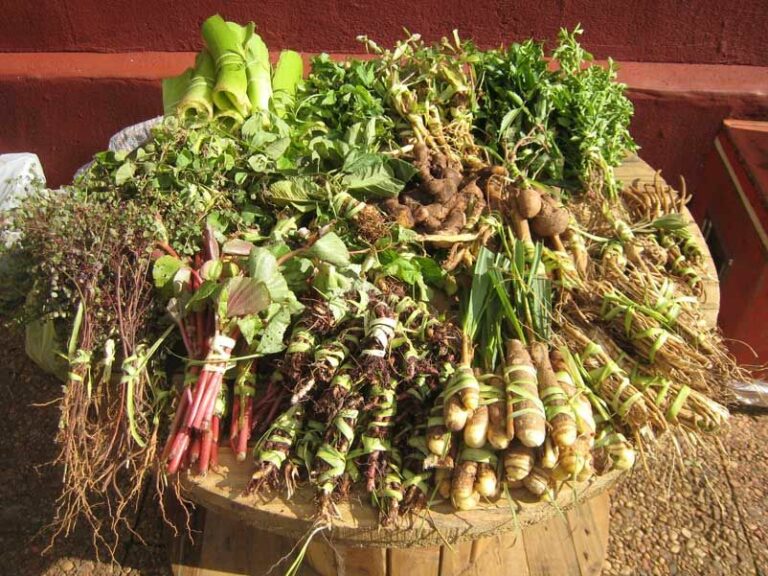Introduction: North Korean cuisine
North Korean cuisine is heavily influenced by the country’s geography and climate. With a predominantly agricultural society, North Korean cuisine is largely based on rice, vegetables, and meats. Spices and herbs are a crucial part of North Korean cooking, adding flavor and complexity to dishes.
Traditional spices and herbs
North Korean cuisine has a long history, and traditional spices and herbs have been used for generations. Some of the most common traditional spices and herbs used in North Korean cooking include onion, scallion, and soy sauce. These ingredients are often used as a base for stews and soups.
Gochugaru: the essential chili
Gochugaru, or Korean chili flakes, are a staple in North Korean cooking. They are commonly used to add heat and flavor to dishes such as kimchi, soups, and stews. Gochugaru is made from sun-dried red peppers that are ground into flakes. It has a medium level of heat, making it a versatile ingredient that can be used in a wide range of dishes.
Garlic and ginger: the flavor boosters
Garlic and ginger are essential flavor boosters in North Korean cooking. These ingredients are used to add depth and complexity to stews, soups, and marinades. Garlic and ginger are also known for their health benefits, making them a popular addition to many North Korean dishes.
Perilla leaves: unique and versatile
Perilla leaves are a unique and versatile ingredient commonly used in North Korean cooking. They have a distinct flavor that can be described as a mix of mint and basil. Perilla leaves are often used to wrap meats and vegetables, adding a fresh and herbaceous flavor to dishes.
Final thoughts and recipe ideas
North Korean cuisine is rich in spices and herbs that add flavor and complexity to dishes. Some of the most common spices and herbs used in North Korean cooking include gochugaru, garlic, ginger, and perilla leaves. To experience the unique flavors of North Korean cuisine, try making dishes such as kimchi stew, bibimbap, or naengmyeon (cold buckwheat noodles).

